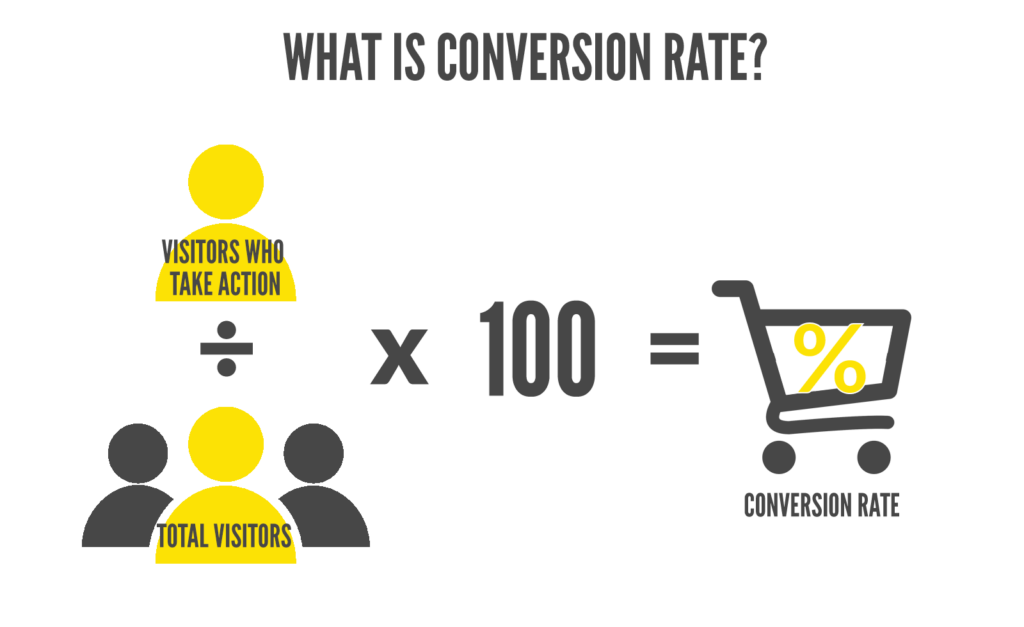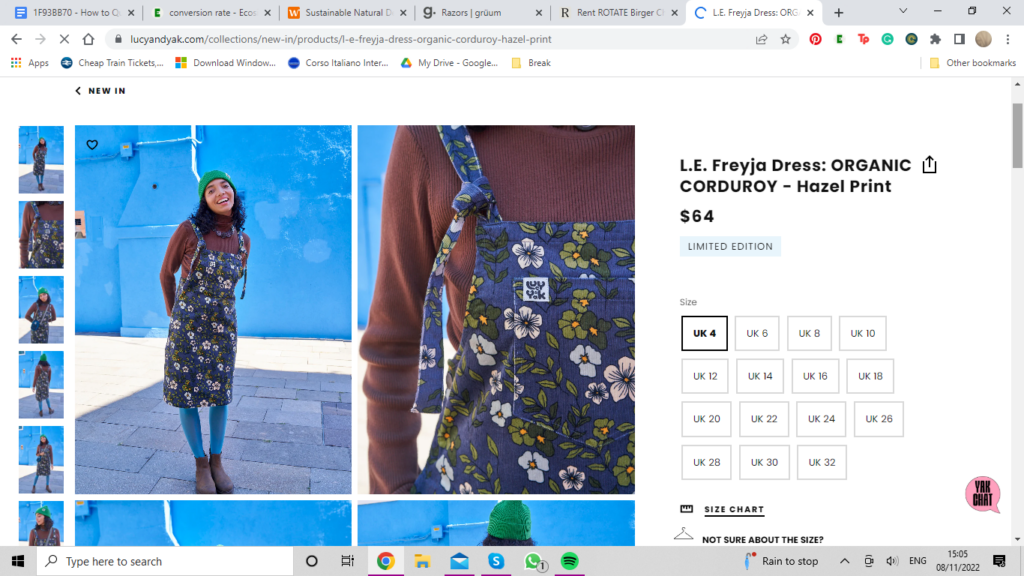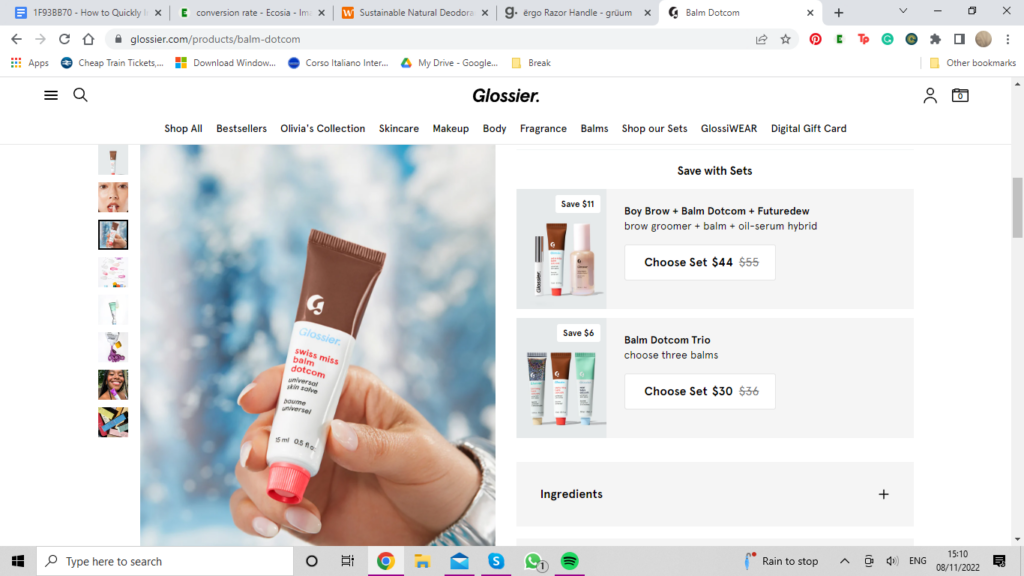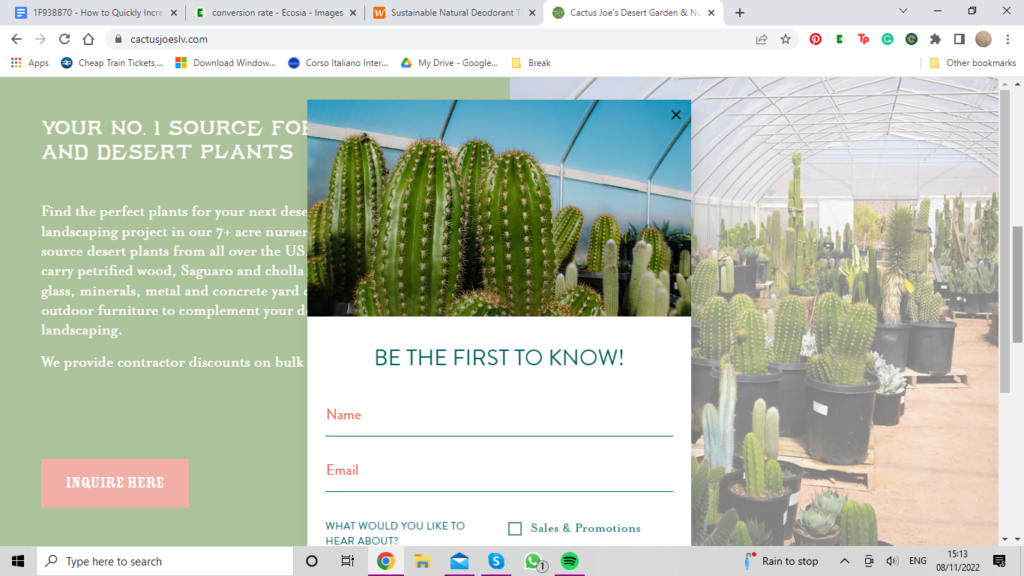In 2021, sales for the retail eCommerce sector totaled a whopping $5.2 trillion worldwide. And while brick-and-mortar stores are slowly coming back to life after suffering huge blows in the 2020 coronavirus pandemic, one thing still holds true: a massive amount of people still turn to online shopping whenever they need (or want) to buy something.
This means two things to eCommerce businesses. On the one hand, the opportunities for sales and expansion can be terrific. On the other hand, competition will continue to be fierce, and standing out in the crowd will become more and more challenging.
So, the question is: how do you ensure that your online store is fully equipped with everything it needs to face the constant – and sometimes unpredictable – hurdles of doing business in such a volatile market? The answer is by boosting your conversion rate.
Yes, but this is easier said than done. That’s why we’ve put together this handy guide on how to rapidly increase your eCommerce conversion rate – let’s dive right in.
What is an eCommerce conversion rate?

This crucial metric can be easy to calculate. First, start by dividing the number of conversions (sales, downloads, newsletter subscriptions, and so on) you get by the total number of website visitors.
Once you’ve decided what you’re tracking, you can calculate conversion rates and compare these. If your conversions increase, your eCommerce website is doing something right. For example, say you change your product images. Before the change, out of 1,000 page viewers, 20 added it to their basket, creating a conversion rate of 2%. After adding the new images, 100 out of 1,000 page viewers added it to their basket, increasing the conversion rate to 10%.
How to quickly increase your eCommerce conversion rate
There are various methods to quickly increase your eCommerce conversion rate. Nonetheless, for the most success, you need to plan them, investing your time and resources into making your eCommerce website the best it can be. To make this more manageable, your team may find it easier to introduce one strategy at a time, building on these changes to keep your customers interested and increase your conversion rates.
Use an intuitive interface
If your eCommerce website is tricky to navigate, you’ll lose potential customers quickly as they look to competitors with more intuitive web designs. By placing buttons where customers expect them to be and using a simple online payment system, your website users will find what they’re looking for more accessible and make purchases or other conversions. This makes them more likely to spend more time on your pages and interact more with your content and products.
Choose eCommerce platforms with a wide theme selection if you’re not sure how to make an intuitive website. These themes are often optimized to guarantee a user-friendly interface and a seamless online buying experience. For example, Shopify offers more than 100 templates customized for various sectors and categories. For other choices, look at other platforms like best Shopify alternatives.
Create thorough product pages
These should cover everything the customer needs to know about the product, from the specification details to product return policies that apply, and a description of how to use it. This gives customers one page with all the information they need, helping them to make an informed decision. As customers don’t have to search across your website for answers, they’re more able to imagine what your product is like and make quicker decisions to purchase.
Review your images
Along with your product descriptions, your images help customers anticipate how your product would integrate into their lives. High-quality images show the professionalism of your business as well as visualize the product. You can use images to point out specific features, display different colors and designs, and demonstrate how to use the product. A variety of images adds to the information your customer has available, encouraging them to buy.

Set competitive prices
Ecommerce businesses are constantly competing for the same customers, so your prices need to stand out when potential customers are browsing your web pages. Although you still want your prices to cover the cost of production and make a profit for your business if they’re significantly higher than competitors, there needs to be a reason for it. If customers can’t tell the difference between two products, they’re likely to opt for the cheaper option.
Improve website navigation
Even with intuitive interfaces, your website map may still be confusing, leading customers through many different pages to find basic answers to their questions. Including links to related pages can help with your website navigation, whilst listing your pages in the website footer can make a customer’s journey more direct. Likewise, highlighting frequently visited content and product pages on your homepage minimizes and simplifies the navigation.
Also, make your contact details clear so customers can reach out when they need to. Signposting your company phone number and making sure the email contact form is easy to use can make all the difference.
Optimize for mobile
Increasingly, people are shopping from their mobiles and interacting with eCommerce websites that way. For customers to interact with your pages, they need to present clearly on mobile devices, with links that are easy to select and images that don’t ruin the layout of the page.
Personalize the customer experience
Within eCommerce, personalization is trending as one of the most important customer retention strategies. Customers want specific offers and suggestions from businesses based on their shared data. This includes recommending similar items to those they’ve previously bought, or reminding them of products they’ve spent time looking at before. Using customer data makes your suggestions more relevant to the individual, targeting them with products and content related to their interests and needs.

Introduce chatbots
Having a chatbot on hand to answer questions and resolve issues is a great way of using AI for sales to make the customer journey even easier. Whether it’s directing customers to the appropriate FAQ pages or connecting the customer to your contact center, this can improve the customer’s impression of your business. By making customers more confident in their decisions, chatbots can help customers to follow through and buy the product.
Include reviews
Social proof can also increase the confidence of the customer, alongside giving them an idea of what your products are like in practice. Adding reviews to your product pages and sharing customer-generated content with their opinions of your products can help to verify the quality and usefulness of the items. Making these more visible on your eCommerce website means more customers see them and are influenced by the opinions of your previous customers.
Offer free shipping and discounts
Don’t let shipping costs be the reason that customers don’t buy your products. Offering free shipping removes an additional cost and makes the product seem like it’s better value. Likewise having regular sales and offering discounts also convinces customers that their purchases are worth it and saves them money. This incentivizes customers to buy your products and interests your website viewers so that they interact more with your offers and marketing. Manage your loyalty programs both online and offline so that customers can have personalized shopping experiences.
What does your eCommerce conversion rate look like?
As you implement more of the above suggestions, the more your customers are going to be engaged with your eCommerce website and want to interact with your content. Feel free to use as many or as few updates as your business has the resources, trying different combinations and approaches. If you’re looking for specific types of conversions, such as purchases, sign-ups to your newsletter, or following links, make these more obvious by using calls-to-action.

Some of these tips may work across multiple eCommerce platforms, including your social media and email marketing. It depends on your business and the customers you attract, with some strategies working more effectively than others. Through testing, you can identify what has the most impact on your conversion rates, leading you to invest more energy and attention into these. This can focus your efforts whilst optimizing your eCommerce website for customers.
If you are ecommerce merchants that have one or many brick-and-mortar stores, meet us to craft the best solution for your business. Together we can help you to boost omnichannel sales.




